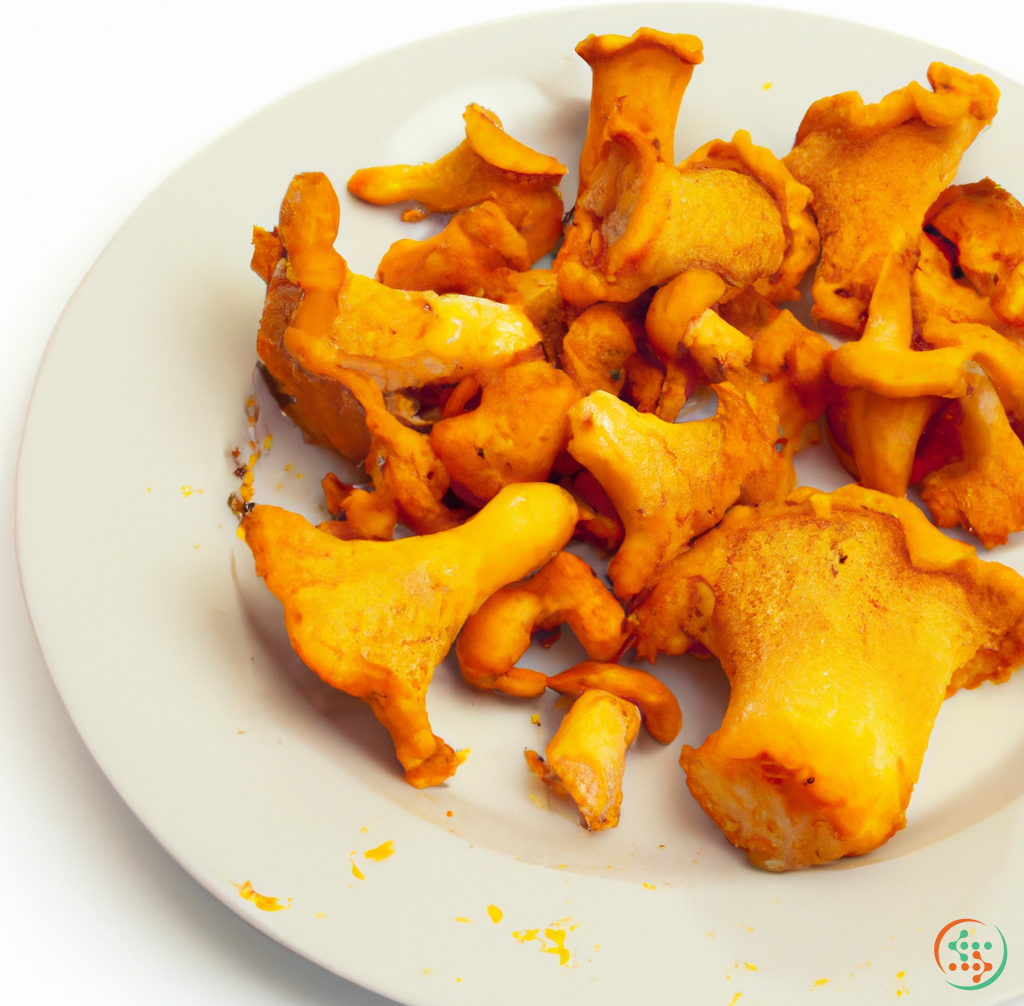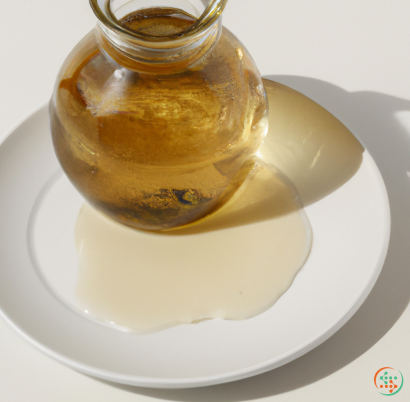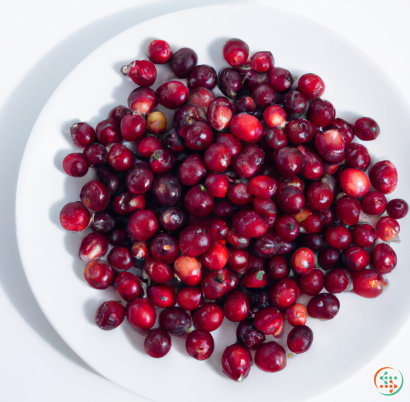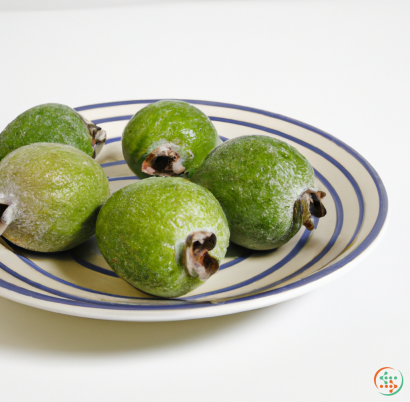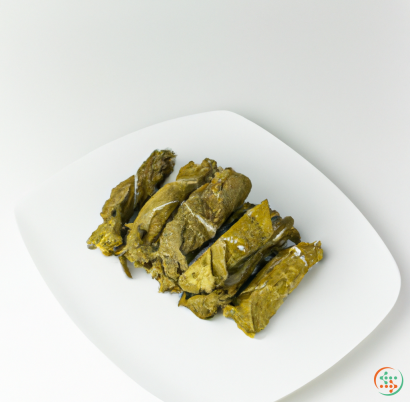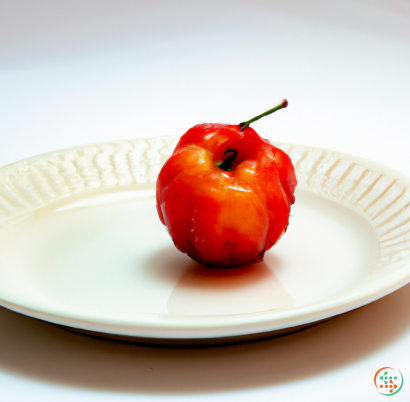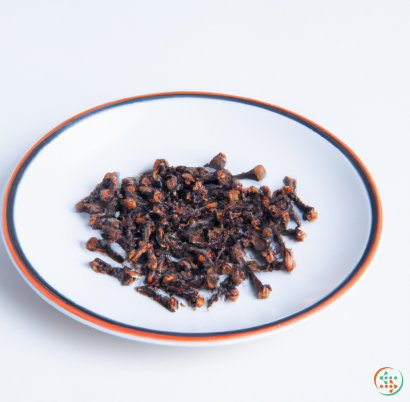Chanterelle Mushrooms
Chanterelle mushrooms are one of the most popular mushrooms for foraging and eating. They are highly sought after for their unique flavor and are used in many different dishes. Chanterelle mushrooms are one of the most easily recognizable mushrooms in the wild because of their bright orange color and fluted edges. They have been enjoyed by cultures around the world for centuries and remain an integral part of many cuisines. Let's take a closer look at what makes the Chanterelle mushroom so special.
Chanterelle mushrooms are members of the Cantharellus genus, which includes 30 or more species of edible mushrooms. More commonly, the bright orange Chanterelle mushroom (Cantharellus cibarius) is the one sought after. Their distinctive, trumpet-shaped caps can range in diameter from finger-tip to hand-width, and have wavy, irregularly scalloped edges and a creamy-yellow interior. Depending on the species, they can have anywhere between 3 to 5 thin, stem-like legs stretching down from the bottom of their caps. All of these characteristics help the Chanterelle stand out from the rest of the fungi kingdom, and make them easy to spot in the forest.
Chanterelle mushrooms are found all over the world, growing in both temperate and tropical climates. They can be harvested throughout the year and thrive in dense, damp forests and grasslands. They feed off decaying wood and organic matter and tend to grow near certain trees, such as oak, beech and birch. Traditionally, they've been hunted like game, and skilled foragers can often find them in abundance.
These mushrooms have a unique flavor that has been described as apricot-like or fruity. Some people say they taste slightly peppery or nutty, with hints of anise. These delicate flavors make them incredibly versatile in the kitchen and beloved by cooks everywhere. Chanterelles pair well with steak, eggs, fish, pork, and poultry, as well as being a tasty addition to pastas, risottos, and sauces. They are also popular in soups and can be sautéed, grilled, or stir-fried.
Besides their culinary value, Chanterelles have also been used for centuries for their medicinal qualities. Chinese healers have ingested powdered Chanterelles to treat various ailments, and European herbalists used them medicinally to treat digestive problems. Some studies suggest that the antioxidants in Chanterelle mushrooms can help protect against the harmful effects of radiation, while other research has linked them to improved circulation and better conditions for people suffering from diabetes.
When it comes to Chanterelle mushrooms, freshness is key. Look for specimens with tightly closed caps and moist, bright-colored gills. If possible, forage your own or get them from a trusted source. Once you have your hands on some freshly picked Chanterelle mushrooms, store them in the refrigerator and cook them quickly.
To sum up, Chanterelle mushrooms are a delightful, gourmet ingredient that's available in forests all over the world. From their unmistakable shape and color to their subtle and delicious flavor, they bring something special to any dish. They can be cooked in myriad ways, or consumed raw, and can even boast some medicinal properties. So if you're ever looking for a unique and delicious way to spruce up your meals, look no further than the bright orange Chanterelle mushroom.
Mushroom Harvesting: How Chanterelle Mushrooms Reach Your Plate
Bringing a wild ingredient to the dinner table can add a unique and exciting flavor profile to your favorite meals. One of the most popular and sought-after wild mushrooms is the chanterelle mushroom. However, getting your hands on a batch of these brightly colored and delectable mushrooms takes considerable effort, skill, and patience. At some level, every gourmet chef interested in incorporating wild ingredients into their dishes should understand the process of how chanterelle mushrooms arrive on their plate.
This blog post will provide a detailed look into how chanterelle mushrooms are harvested, processed, and how they finally reach the diner’s plate. Let’s begin by exploring why certain mushrooms, such as the chanterelle, are especially valued. Then, we’ll take a deeper look into chanterelle mushroom foraging and harvesting processes. Finally, we’ll examine the regulatory requirements and steps involved in the commercialization of mushrooms. After reading this article, you should have a greater appreciation of the complex journey that takes chanterelle mushrooms from the wild to your favorite meal.
The Value of Wild Mushrooms
The mushroom has gained popularity in recent years due to its unique flavor profile and health benefits. However, some wild mushrooms, such as chanterelles, are especially prized due to their antioxidant and cancer-fighting power. Chanterelles also offer distinctive notes of apricot and almond that contribute to their preferred status in the culinary world. In addition, the bright yellow to golden color of Chanterelles offers a contrast to dishes that lack other bold colors. Many chefs seek out high-quality chanterelles to use as garnish, add texture to dishes, or to simply stand out as the star in a dish.
Chanterelle Mushroom Foraging and Harvesting
Harvesting wild mushrooms requires a combination of patience and skill. Depending on the region, chanterelle season often falls in mid-to-late summer. Before venturing out to forage for mushrooms, it is important to become familiar with the relevant laws in your area. It is also essential that wild mushroom foragers become knowledgeable in the characteristics and features of chanterelles in order to accurately identify them and avoid potentially toxic mushrooms. Foragers must also become familiar with harvesting etiquette, such as only collecting mature fungi, avoiding destruction of the mushroom bed, and leaving a portion of the mushroom for regeneration.
Chanterelles can often be found in soil with a high moisture content. In some areas, vast amounts of chanterelles can be identified in old growth forests. To harvest chanterelles, use a sharp knife to sever the stem at the point of connection with the soil. Collecting the mushroom in a basket is usually the best approach, as they can easily be broken or bruised if collected in a plastic bag. After collecting, the chanterelles must be sorted through to ensure that there are no creatures residing in the samples. Excess dirt and leaves must also be removed.
Processing Chanterelles
Once collected, chanted must be processed in order to keep them safe for consumption. Ideally, chanterelles should be prepared within twenty-four hours of being harvested. To do this, the mushrooms must be heated slowly and evenly. This can be done by simmering them in a pot of boiling water for up to 5 minutes. During this time, any hidden creatures must be rinsed off. After boiling, the chanterelles should be shock cooled by pouring them into a bowl of cold water for a few minutes.
After processing, the chanterelles should be blotted with a paper towel and gently dried. Fresh chanterelles tend to contain a natural, sticky substance called “vexillum”, which should be removed. To do this, spray the chanterelles with warm, aerated water and gently rub the vexillum away. Chanterelles should also be cut into slices in order to more evenly cook. After being cut and processed, the chanterelles can be dried, frozen, canned, or stored directly in the refrigerator.
Commercializing Chanterelle Mushrooms
It is possible to monetize a significant crop of chanterelles. In order to do so, a forager must acquire the necessary licenses. Depending on the location, a mushroom forager must register with either the local government, a regional or state agency, or another relevant governing body. As part of the licensing process, foragers are required to complete the necessary paperwork and pay an associated fee. Once licensed, foragers must follow an inventory system to track the number of mushrooms collected. This is important when seeking out buyers and ensuring product integrity.
To find customers, foragers can leverage their networks or consult local restaurant owners. Restaurants can provide an ideal customer base due to their regular movement of chanterelle mushroom dishes. When seeking out buyers, it is important to note that a marketing strategy and pricing model should be established to maximize their yield.
Finally, chanterelle mushrooms must be safely transport to the buyer. This usually involves storing the mushrooms in a temperature-controlled container and shipping them using an assortment of methods.
Conclusion
As outlined in this blog post, it takes considerable effort to bring wild mushrooms, such as chanterelles, from the harvest ground to the restaurant table. Harvesting chanterelles requires patience and skill in identification and recognition. Additionally, foragers must become familiar with the legal protections and inventory systems associated with commercializing chanterelles. Finally, the mushrooms must be safely transported to the buyer. By understanding the process of taking chanterelles from the wild to your plate, you can hold a greater appreciation of the complexity of bringing such a prized wild ingredient to a meal.
| Vitamin D | 0.0053 mg | |
| Vitamin D2 | 0.0053 mg | |
| Vitamin B1 | 0.02 mg | |
| Vitamin B2 | 0.22 mg | |
| Vitamin B3 | 0.00409 grams | |
| Vitamin B5 | 0.00108 grams | |
| Vitamin B6 | 0.04 mg | |
| Vitamin B9 | 0.002 mg |
| Calcium | 0.015 grams |
Daily Value 1.3 g
|
| Iron | 0.00347 grams |
Daily Value 0.018 g
|
| Magnesium | 0.013 grams |
Daily Value 0.4 g
|
| Phosphorus | 0.057 grams |
Daily Value 1.25 g
|
| Potassium | 0.506 grams |
Daily Value 4.7 g
|
| Sodium | 0.009 grams |
Daily Value 2.3 g
|
| Zinc | 0.71 mg |
Daily Value 0.011 g
|
| Copper | 0.35 mg |
Daily Value 0.9 mg
|
| Manganese | 0.29 mg |
Daily Value 0.0023 g
|
| Selenium | 0.0022 mg |
Daily Value 0.055 mg
|
| Glucose | 1.16 grams |
|
| Total Sugars | 0.131141 grams |
per 100g
|
